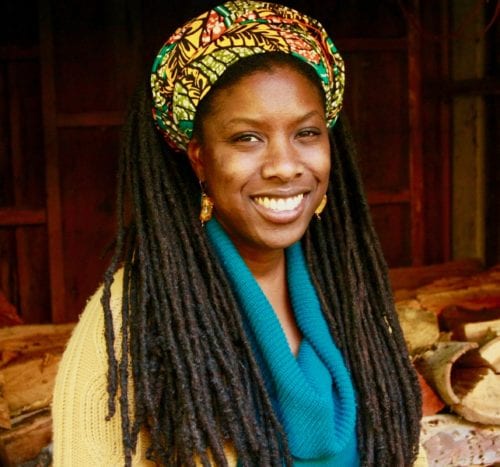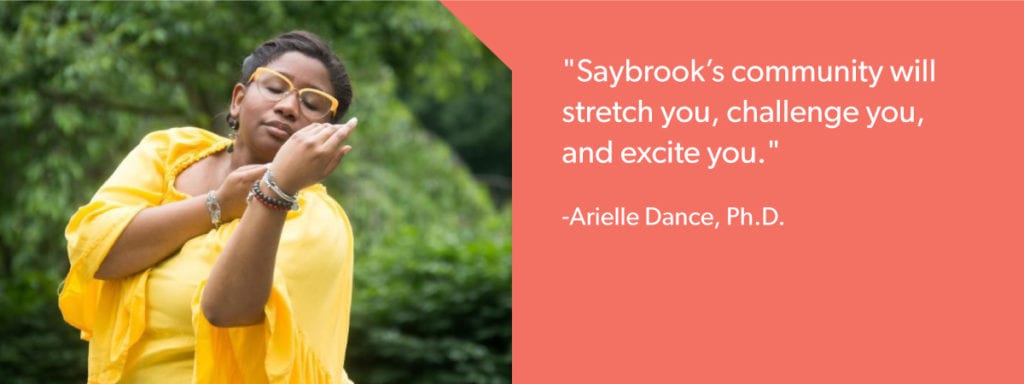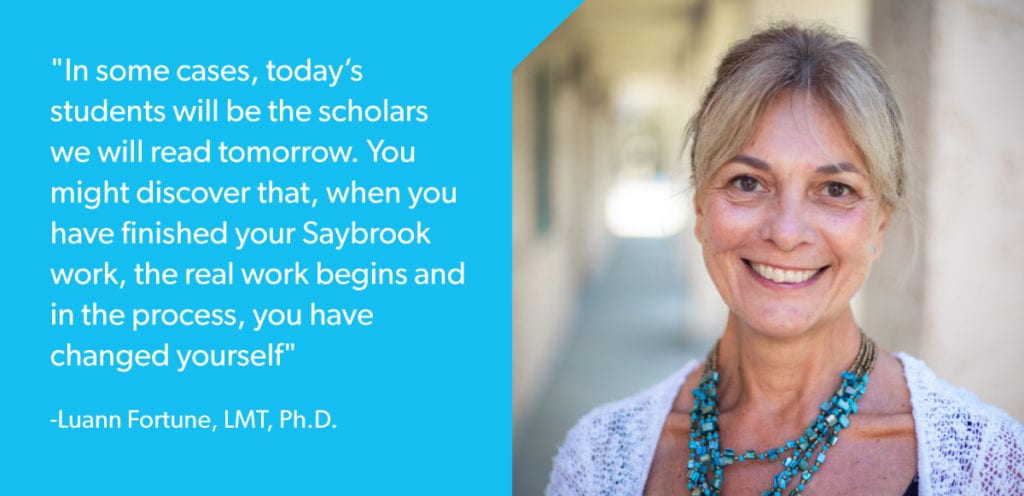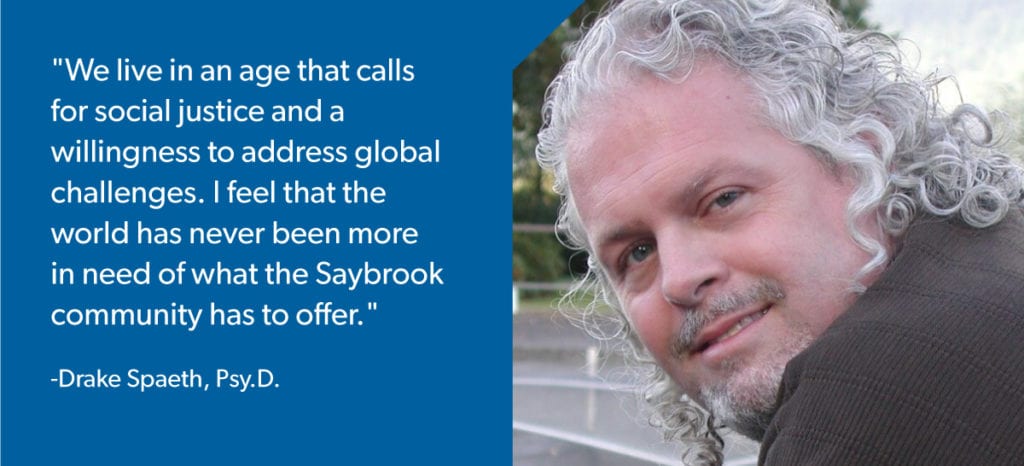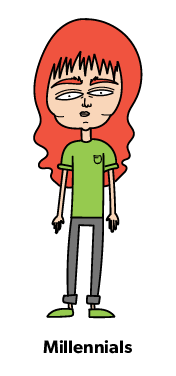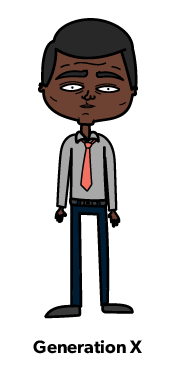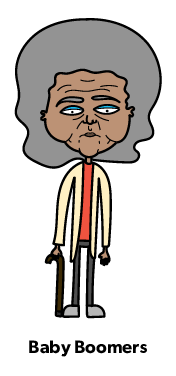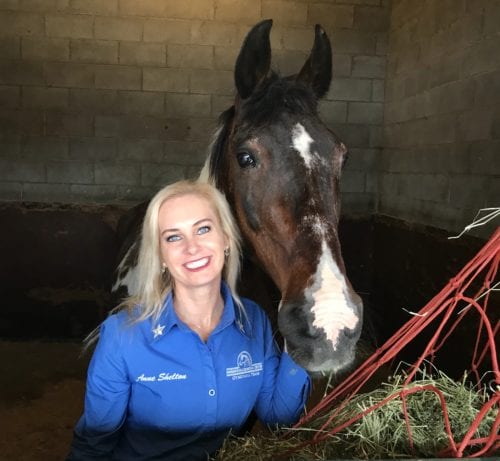ven for the uninitiated dieters, names like Whole30, Atkins, keto, paleo, veganism, and intermittent fasting have all entered common vernacular. These diets have graced think pieces, chain restaurant menus, and watercooler conversation—dominating headlines and making their way into people’s lifestyles.
Buzz surrounds diets and the food we eat. With $6.02 trillion dollars in retail and food services sales in 2018, and $72 billion for the U.S. weight loss industry in 2018, there’s a lot of money to be had and decisions to be made in order to influence the market.
Some of these diets can lead to healthier eating habits. Yet they can also lead to extreme behavior, eventually becoming more harmful than helpful. Atkins preaches a low-carb, high-protein diet while Whole30 puts an emphasis on whole foods. Both require elimination and restriction, making it easy to overcommit or fall off the bandwagon completely. Sometimes dieting can help your physical health but hurt your mental health.
So how do consumers cut through the noise and corporate-funded biased studies? UNBOUND spoke to three Integrative Functional Nutrition faculty members to debunk different diet fads—do they work? Are they effective? What’s unhealthy about them? What’s not?—to help people make choices that best serve their bodies, their waistlines, and their overall wellbeing.
Q: Thank you all for participating. I want to start with what’s dominating the news right now, specifically the red meat controversy and the growing backlash against meatless meat. What is your take on the news surrounding red meat?
A: Maureen Molinari, Ph.D., RD: The headlines regarding red meat came from the study published in the Annals of Internal Medicine, with the following recommendations: “The panel suggests that adults continue current unprocessed red meat consumption … it indicates that the panel believed that for the majority of individuals, the desirable effects (a potential lowered risk for cancer and cardiometabolic outcomes) associated with reducing meat consumption probably do not outweigh the undesirable effects (impact on quality of life, burden of modifying cultural and personal meal preparation and eating habits).”
The problem is looking at any one type of food in isolation and attempting to categorize it as either ‘good’ or ‘evil.’
The conclusion and recommendations seem irresponsible to me as a registered dietitian. Why create a controversy where one doesn’t exist? Maybe for the purpose of clickbait? There are studies demonstrating the effects of red meat (you can see one here). From my perspective as a practicing RD, it is important to provide recommendations about red meat based on what we know.
A: Jeannemarie Beiseigel, Ph.D., RD: I think the problem is looking at any one type of food in isolation and attempting to categorize it as either “good” or “evil.” From a health (not environmental) standpoint, I believe that if people choose to eat meat (whether red OR white), they can find a place for it in their diet—so long as their diet is diversified across food categories.
There is no single food that you must have in order to survive. However, if you were to attempt to survive on any single food, you would fail.
A: Lori Taylor, MA, MS, RD: This doesn’t mean that red meat gets a pass either. Consider that red meat is the meat of mammals—animals like us. It is a very dense source of nutrition, and currently humans eat much more protein than we need to eat (see World Resources Institute page). We also know that factory-raised red meat (which comprises more than 90% of the meat raised in the U.S.) is a major contributor to global warming. So while red meat is closer to a whole food, its dense nutrition, our over-consumption, and its climate cost suggest that we should be eating less of it.
Q: What about the backlash on meatless meat?
A: Taylor: A whole food, as defined by the esteemed natural culinary teacher Cynthia Lair (from my alma mater, Bastyr University), is a single ingredient food, one that you can imagine growing, that is as close to its whole state as possible.
My issue with the new fake meats—like the Impossible Burger—is that they are ultra-processed foods and are made with a high degree of chemical input. Soybeans are the basic source for these new burgers, and more than 94% of the soy in the U.S. is genetically engineered to tolerate applications of glyphosate (the declared active ingredient in RoundUp). Even at levels 800 times less than what is allowed in food, glyphosate is an endocrine disruptor and deleterious to gut bacteria. We now know our microbiome is a major determinant of our level of inflammation and overall health.
Folks could be eating any of the more whole-foods oriented bean burgers rather than the new burgers that are highly processed. Recent research cited shows significant increases in cancer and adverse health outcomes as the intake of ultra-processed foods increases.
I also personally find it odd to take a plant-based burger and find a way to make it bloody by genetically engineering a soy protein that carries iron. One of the reasons many people eat plants is to avoid the visceral experience of eating animal proteins. I do see the possible benefit of getting folks to switch from eating meat to eating plants, but we are switching them from a more whole food to an ultra-processed food.
A: Dr. Beiseigel: Exactly. It’s important to remember these meatless burgers aren’t a whole food, or even just slightly processed. They are highly processed. More whole foods, and less factory-processed foods, tend to be healthiest for most people and, quite likely, for the environment.
Q: So is meat in general considered a whole food? Additionally, a lot of diets are dedicated to whole foods (Whole30 and the paleo diet come to mind). What are your thoughts on those?
A: Dr. Beiseigel: You caught me! I used one of those “trendy” words, like “whole,” “natural,” “free-from.” I tend to prefer the term “lesser-processed.” And just like every food category—what do you mean by “meat”? Are we talking about your Thanksgiving turkey or your bologna sandwich?
Next step is to talk quantities and pairings (like picking fries or broccoli). We really make it difficult when it doesn’t need to be. Why are we making it so difficult? It’s largely for marketing purposes—words like “natural,” “whole,” “free-from” make the product sound better for you than it is, and it sells. Sadly, no one is slapping a label on an apple and driving up the consumer appeal.
It’s about balance and individualizing—meat (even bologna) can be fine (note that I did not say healthy) in moderation. And what’s moderation? Well, that too varies by the food and the person.
Diet trends get a lot of press. Maybe the latest diet buzz creates a new sense of hope for people trying to lose weight or improve health.
A: Dr. Molinari: I agree with Jeannemarie with regard to moderation, yet in my opinion, Americans are not comfortable with what the term moderation means and therefore may benefit from having specific recommendations.
Moderation is difficult to quantify. To me as an RD, it means once in a while. And because once in a while is subjective, when I’m working with individuals to improve their nutrition, I use an individualized approach. An individualized approach is person-centered, and as Jeannemarie stated takes into consideration health, lifestyle, preferences, socioeconomics, and more. An individualized approach is not prescriptive, yet sometimes is helpful to be specific about recommendations if it is appropriate.
Q: Great points, thank you. Like what Dr. Beiseigel noted, words like “whole,” “natural,” and “free-from” are largely used for marketing purposes and to help a product sell. It seems that same kind of strategy is used for diets.As nutrition professionals, how do you advise a person on what is best for them—cutting away the noise and buzz that diets create?
A: Taylor: For me, in general, the non-sexy part of nutrition is that we should be emphasizing foods as close to their whole state as is possible, eating mostly plants, looking at animal proteins in much smaller portions, and doing more of our own cooking. That answer is very unlikely to change.
A: Dr. Molinari: I’d go back to my statement above, using an individualized approach is how I would advise a person what is best for them. Diet trends get a lot of press. Maybe the latest diet buzz creates a new sense of hope for people trying to lose weight or improve health. The noise and the buzz gets people thinking about what they are eating—so maybe there’s a benefit to the buzz too.
A: Dr. Beiseigel: That’s a really interesting point, Dr. Molinari—people do need hope that something will work. So you’re probably right that offering a “new” way may offer hope and at least get people thinking about making positive changes.
Learn more about Saybrook University
If you are interested in learning more about the community and academic programs at Saybrook University, fill out the form below to request more information. You can also apply today through our application portal.




























